Ironing Fleece: Yes or No? Expert Guide to Wrinkle-Free Fleece
Are you a home sewer, crafter, clothing business owner, or simply someone who cares for fleece garments? Wrinkled fleece looks unprofessional, and the fear of melting the fabric can be daunting. This article provides expert knowledge on safely ironing fleece. Learn the correct techniques, temperatures, and precautions for wrinkle removal, enhancing your fleece garments and boosting your confidence.
1. Can you iron fleece fabric? Debunking the myths
The common misconception that fleece cannot be ironed stems from its heat sensitivity. While ironing fleece is possible, it requires specific precautions and a gentle approach. It is important to understand that while heat is involved, gentleness and careful technique are key.
2. Essential tools and preparation for ironing fleece like a pro
2.1 Gather your supplies: The ironing checklist
Gathering the right tools is essential. You will need a fleece garment, an iron, an ironing board, a pressing cloth (a thin cotton sheet or rag), and a water spray bottle (atomizer). The pressing cloth acts as a crucial heat barrier, protecting the fleece from direct contact with the hot iron.

2.2 Prep is key: Preparing your fleece for ironing
Preparing your fleece properly is also very important. Pre-washing the fleece is a good idea to remove any sizing or chemicals from the fabric. Dampening the fleece is key, particularly for more delicate fabrics. You can dampen fleece using a water atomizer to ensure even distribution. It’s helpful to smooth the fabric after dampening it.
3. Step-by-step guide: Ironing fleece fabric safely and effectively
3.1 Temperature control: The golden rule for fleece
Temperature control is crucial when ironing fleece. Use the lowest heat setting, typically the synthetic or delicate setting, on your iron. It is important to test the iron setting on a hidden area of the fleece or a scrap piece of fabric before ironing the entire garment to prevent heat damage. High heat can melt or flatten the pile of the fleece.
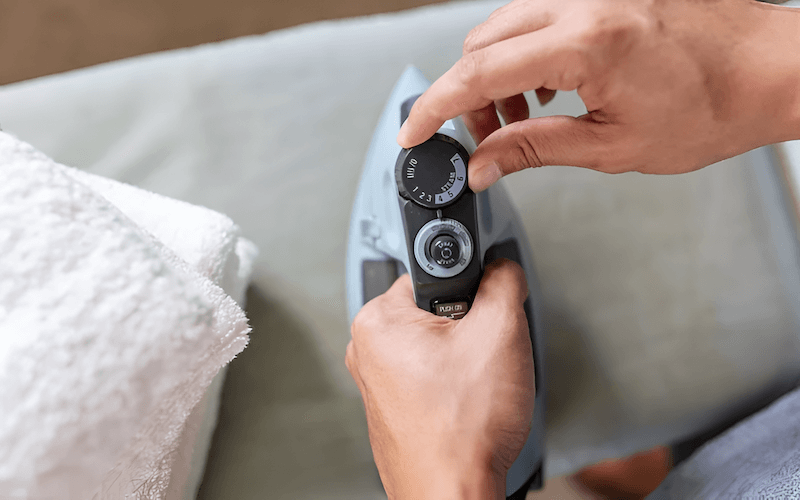
3.2 The pressing cloth technique: Your shield against damage
The pressing cloth technique is your shield against heat damage, and is essential when ironing fleece. Position the pressing cloth between the iron and the fleece. When pressing, use a lift-and-press motion, avoiding any dragging of the iron across the fleece. Check the pressing cloth and the fleece frequently to prevent overheating.
Use steam with extreme caution because of the added heat and moisture. If you choose to use steam, use a very low steam setting, and proceed with extra caution. Dry ironing with a damp pressing cloth is a safer alternative.
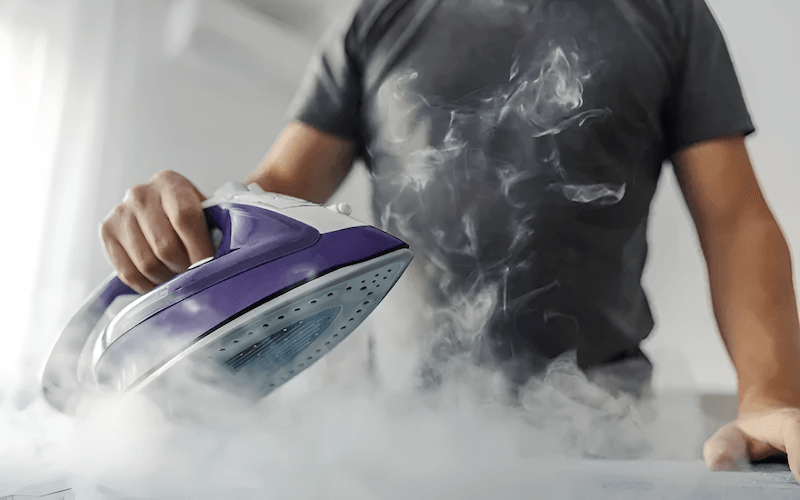
3.4 Post-Ironing care: Maintaining your wrinkle-free fleece
After ironing, hang the garment immediately. Allow the fleece to cool completely before folding or wearing it. Handle the garment gently and store it properly to maintain its wrinkle-free appearance.
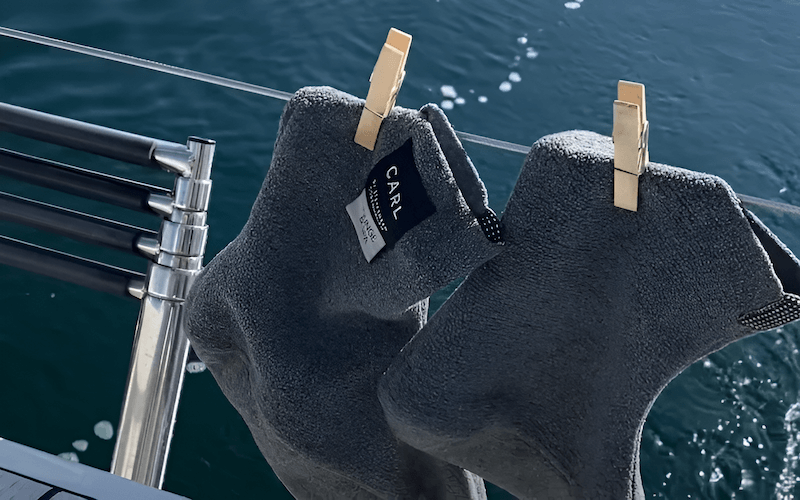
4. When ironing isn’t ideal: Safe alternatives for fleece wrinkle removal
It’s worth considering that ironing fleece is a risky endeavor, and safer alternatives are often preferred. Steaming can be used with a garment steamer or a steam iron set to the vertical position to relax wrinkles. The steamy bathroom method can be used with no heat. Fabric refresher sprays can also lightly relax wrinkles. Gentle stretching and smoothing, while the fleece is damp, can also help.
5. Cautions and expert tips for ironing fleece
5.1 Risks of direct iron contact: Direct contact damages fleece (melt, flatten, shine)
Direct contact with a hot iron poses significant risks to fleece fabric. The intense heat can cause the synthetic fibers to melt, leading to permanent damage. This often manifests as a flattened pile, which diminishes the fabric’s texture and aesthetic appeal, and sometimes results in an undesirable shine that can be very noticeable and detract from the overall look of the fleece. The likelihood of this damage increases with higher heat settings and prolonged contact.
5.2 Patience is key.
Successfully removing wrinkles from fleece requires patience. Avoid the urge to rush the process, as quick application of heat can be detrimental. Gentle methods, applied over time, are more likely to yield positive results without causing damage. Repeated light pressing with the pressing cloth, rather than a single, forceful pass, is often necessary to achieve the desired outcome.
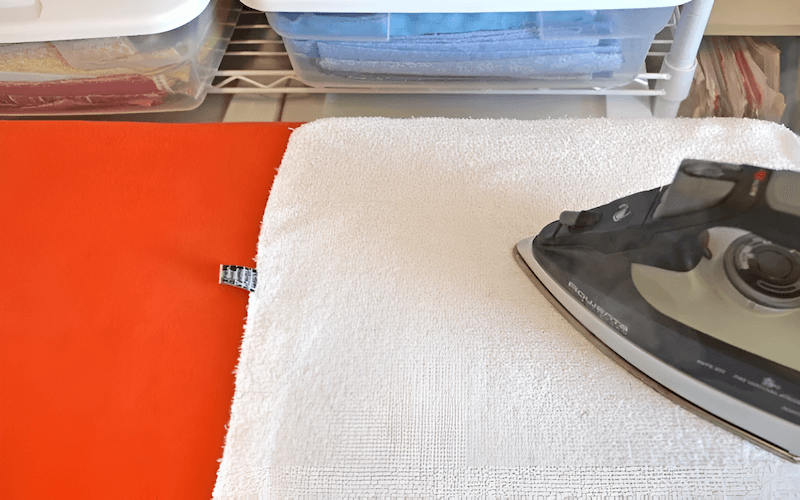
5.3 Permanent creases: Sharp creases may be impossible to fully remove.
While ironing can often improve the appearance of wrinkles, it’s important to understand that sharp, deep creases may not fully disappear. These creases may be the result of the fabric having been folded or stored in a compressed state for an extended period. Attempting to force the removal of these creases with heat can increase the risk of damaging the fleece.
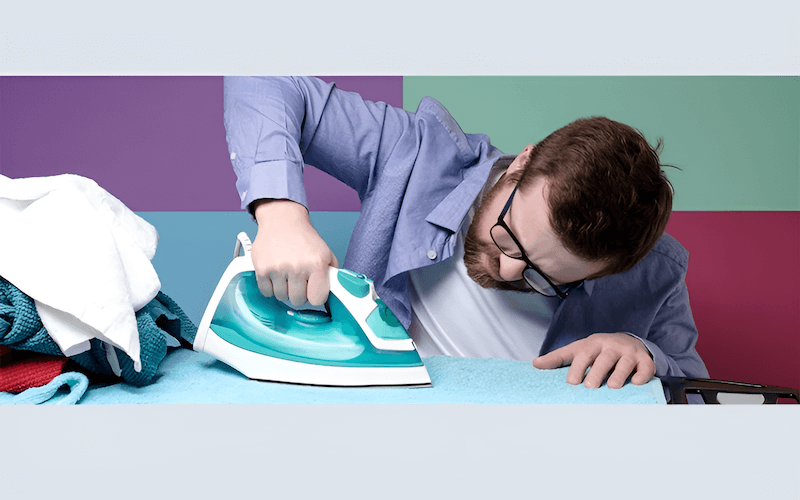
5.4 Brushed vs. Anti-Pill Fleece: Brushed fleece more prone to flattening.
The type of fleece impacts how it reacts to heat. Brushed fleece, known for its soft, raised fibers, is particularly susceptible to flattening. The heat from the iron can compress these fibers, reducing the plushness and potentially altering the fabric’s texture permanently. Anti-pill fleece, designed to resist the formation of those unsightly little balls of fabric, is usually more resilient to heat, but caution remains essential.
Always test your ironing method on a hidden area or a scrap piece of the fleece before applying it to the entire garment. The inside of a hem, the underside of a collar, or a small piece of leftover fabric provide an excellent place to test the iron’s heat and the pressing cloth technique. This will help you to assess the fabric’s reaction to the heat, and to adjust your technique accordingly. Observe the fabric carefully, looking for any signs of melting, shine, or changes in texture.
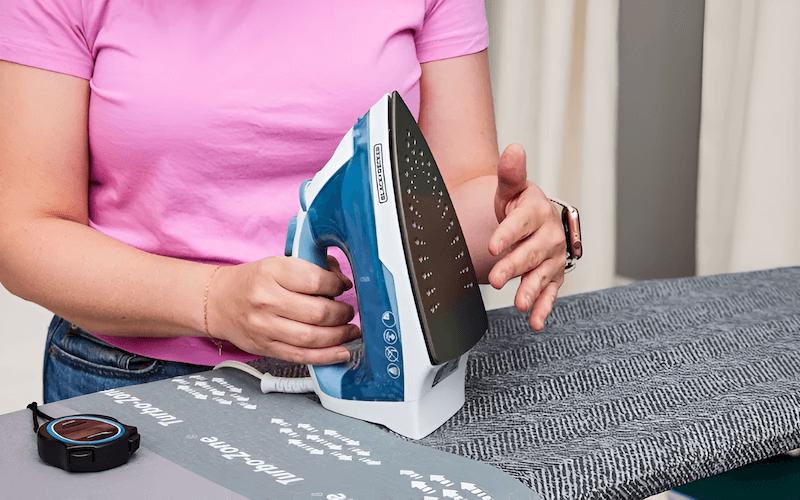
Expert Tip: Consider the composition of the fleece when deciding your approach. Fleece blends, which incorporate natural fibers such as cotton or wool, might potentially tolerate slightly higher heat settings compared to 100% synthetic fleece. However, it is always best to err on the side of caution. Always start with the lowest possible heat setting and increase gradually, if necessary, while closely monitoring the fabric’s response.
6. FAQs about ironing fleece fabric
6.1 Can I iron polyester fleece?
Yes, with extreme caution. Low heat, pressing cloth are essential.
6.2 What’s the best iron setting for fleece?
Lowest possible setting, synthetic or delicate. Always test.
6.3 How do I remove deep wrinkles from fleece?
Gentle steaming is often more effective. Ironing may flatten pile. Patience and gentle pressing if ironing.
6.4 Can I iron fleece blankets?
Yes, same principles. Low heat, pressing cloth. Consider spot treating or steaming for large items.
6.5 What if I accidentally melted my fleece while ironing?
Melted fleece is often irreversible. Try gentle brushing, but damage is usually permanent. Prevention is key.
7. Packlove – Your partner for garment care and presentation
Packlove has over eight years in the garment industry, specializing in labels and tags. We understand that quality labels and tags are as important as the way you care for garments. Well-cared for garments, combined with professional labels, can enhance your brand image. We offer a range of services, including clothing labels and tags, zipper bags, and poly mailers, to ensure that your garment presentation is as good as your fabric care. Proper care of garments, like wrinkle management, is part of the overall brand presentation, just like our professional labels.
To learn more about our products and services, visit our website at https://mypacklove.com/ or contact us at [email protected]
Read more:
In conclusion, while ironing fleece is possible, it demands caution and a delicate touch. Understanding the risks, mastering the techniques, and prioritizing gentle methods will help you successfully remove wrinkles while preserving the fabric’s integrity. Whether you choose to iron or opt for a safer alternative, remember that patience and attention to detail are key to maintaining the softness, texture, and overall appearance of your fleece garments. By following these guidelines, you can confidently care for your fleece items and keep them looking their best.






















